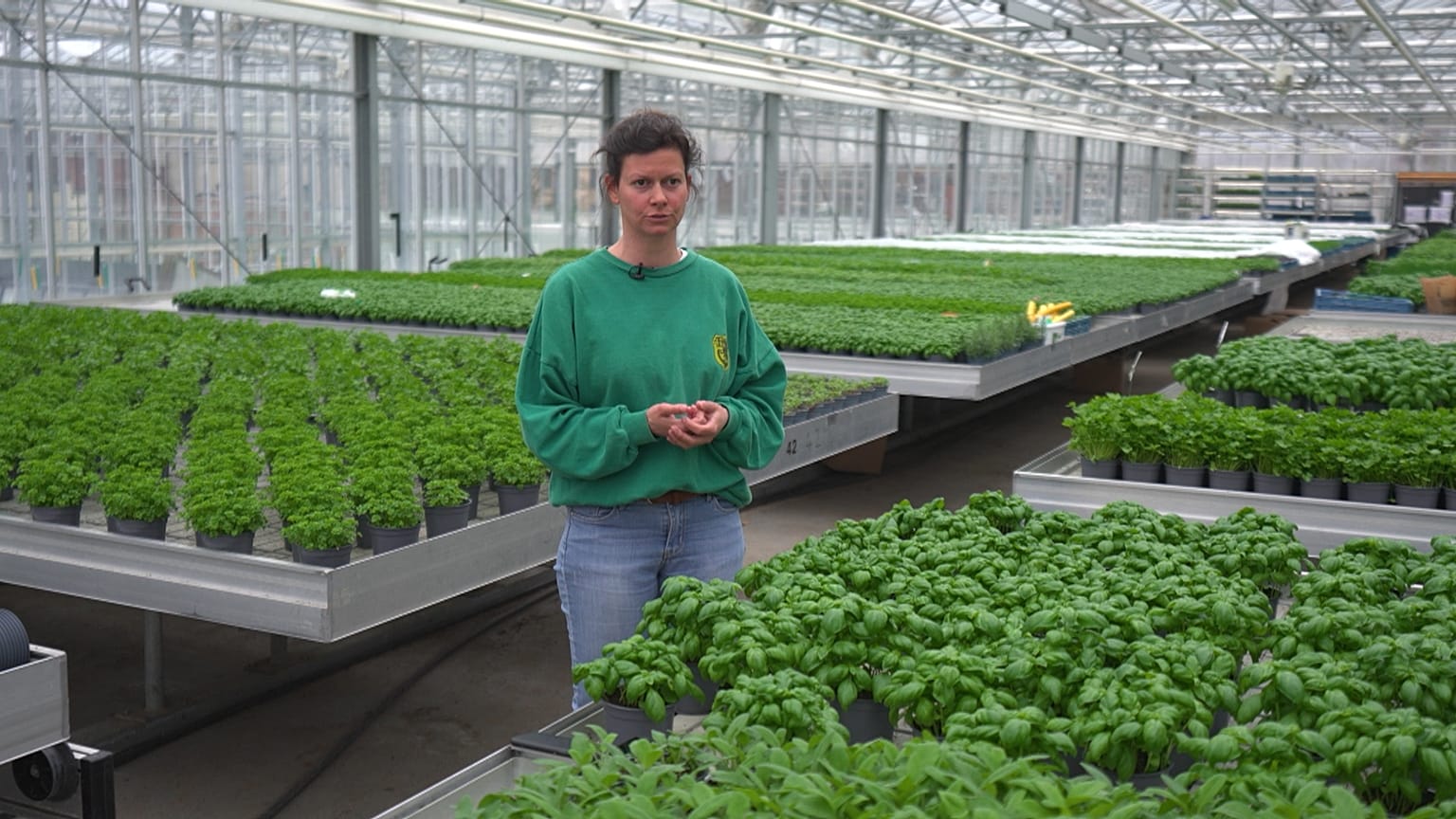The FOODMET market in Brussels is not your average market; it's also home to a pioneering project in the realm of sustainable farming.
Right on the rooftop of the market, you'll find a flourishing urban farm, an innovation that doesn't merely rely on the energy generated by the market's solar panels and the heat emitted by the building, but also makes good use of rainwater. The objective of this pilot project? To promote the development of other rooftop farms producing fruit, vegetables, and fish across Europe.
Audrey Boucher, the Site Manager of BIGH Brussels Aquaponic Farm, explains the significance of water in this setting, referring to it as "blue gold." The farm has 100 cubic meter tanks for collecting rainwater. "This rainwater is mixed with fish water enriched with natural fertiliser to irrigate our plants and help them grow," she states. But the system doesn't stop there; it's a closed loop. Every drop of water not absorbed by the plants is gathered, filtered, and reused for the subsequent irrigation process.
However, the ambitions of BIGH Brussels Aquaponic Farm exceed the confines of its current premises. Boucher acknowledges that their project is a pilot, aimed at proving the feasibility of a working rooftop farm. And now, having established the viability of such an endeavour, they are setting their sights further afield.
"Our aim is to open other farms and reproduce the model in Belgium and other European countries," Boucher states. As she reveals, they are currently in discussions to inaugurate similar farms in France, but the ambitions go beyond merely replicating the existing setup.
While the current 4,000-square-metre area may seem extensive, Boucher explains that the actual production area, under glass, amounts to just 2,000 square meters. Similarly, their fish production stands at a modest 20 tons. However, the future vision is grander. "We can really move towards models that will produce 100, 150, or even 300 tons," Boucher asserts confidently.
This ambitious urban farming project is more than just a model for sustainable agriculture. It stands as a beacon for the possibilities of urban farming, the potential to harness urban spaces and resources efficiently, and the promise of a greener, more sustainable future for cities across Europe.















